
We all know the expression "back to the salt mines" means it's time to return to school, work or some activity that is hard and unpleasant (like finishing that last scene in a chapter that's been so hard to write), by implying the speaker is a slave to the salt mine.
Yet every year between 1.7 and 2 million people go back to the salt mine, at least one mine in particular, and they go because they want to – not because of forced labor. Not only that, the Wieliczka Salt Mine in southern Poland was declared a UNESCO World Heritage Site in 1978 and proclaimed by Poland as a national monument in 1994.
A salt mine?
Table salt is a commodity we take for granted these days. You can purchase it everywhere for a reasonable price, but that wasn't always true. In ancient times, it was quite precious, and until the industrial revolution, it was hard to come by. Roman soldiers were paid in salt, and as early as Roman times, being sent to work in the salt mines was tantamount to being sent into slavery with a very limited life expectancy.
So why would a salt mine end up on the list of World Heritage sites?
THE WIELICZKA SALT MINE
Four hundred and forty-three feet beneath the City of Wieliczka (population 20,000, in the metropolitan area of Karków, Poland), the Wieliczka Salt Mine has continuously extracted table salt from the time it was constructed by a local duke in the 12th century. The salt mine was first mentioned in 1044 and didn't cease operations until 1992 (some sources say 1996 and 2007), due to heaving flooding. Regardless, it's one of the oldest and longest operating salt mines in existence and still produces brine.
That's impressive … but I'm really not all that interested in mines.
From the outside, the mine appears exceptionally well kept but ordinary, and on the interior, you will find the expected look and equipment of a salt mine.
Source Of Photos: https://experiencecracow.com/offer/Tours/discover-wieliczka-salt-mine/
Morton Salt underneath Lake Erie
Photo Source: www.businessinsider.com/photos-salt-mine
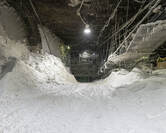
The salt mine itself, while interesting and now housing a museum of the history of the salt mining industry, isn't what attracts over a million visitors a year. Over the centuries, tens of generations of miners not only extracted salt, but they also left behind them a record of their time there in awesome sculptures and architecture, all made of salt.
The tourists who visit have to descend 378 wooden steps to enter an unexpected and amazing world where they can take a 2 kilometer tour (some sources say 2 miles and 3.5 kilometers) of the mine corridors, sixteen lakes, twenty chapels (including the Cathedral), and incredible art works. (There is an elevator to go up to the surface which rises at twelve feet per second.)
Interior of Cathedral Highest space Stairs from entrance, Photo Source: Walkways through the mine
Photo source: www.tiqets.com/en/krakow www.seekrakow.com/wieliczka Photo source: parenthoodandpassports.com/wieliczka
The Cathedral is astounding in terms of sheer size and the way in which the miners breathed their Catholic spirit into the cathedral and art works. It took 68 years to complete.
Main Cathedral Floor of Cathedral - Photo Source: St. John Chapel The Salt Chandeliers: Photo by
Photo by Michal Osmenda https://krakville.com/wieliczka-salt-mine Photo by steve_w on Flickr Matthew.kowal on Wikimedia Commons
perceptivetravel.com/wieliczka-salt-mine/ sumfinity.com/wieliczka/kinga www.tinggly.com/tour-wieliczka www.fanpop.com/wieliczka
Many of scenes represent well-known stories from the Bible. Others represent other historical events and also the imagination of the miners. One wall is dedicated to the 14th century warrior Casimir the Great.
The legend of St. Kinga. The Last Supper Carving Elves - not all carvings religious Bas-relief of salt in Staszic Chamber
www.simplysaratravel.com/wieliczka www.wieliczka-saltmine.com/ www.wieliczka-saltmine.com/
The amazing salt chandeliers are not simply sculpted from salt, but by using a process which requires the salt rock to be dissolved. Then the impurities are extracted, and solution dried to achieve a glass-like finish. Even the floor, which looks like tiles, is made of salt.
In the Spalone Chamber there are figures of the men who worked as the mine's "Pentinents". Before there was proper ventilation, these men were responsible for burning off the methane that accumulated in the ceilings of the mine's chambers. They dressed in wet clothing and crawled along the floor of the mine with a long pole hold a lit torch at the end. It was a dangerous task and those workers were rewarded with extra bags of salt, which was an extremely valuable commodity in the Middle Ages.
Visitors who commented on the many articles and blogs, tag the Wieliczka Salt Mine as a "don't miss" travel destination. Now I understand why it's a UNESCO World Heritage Site, and I can't wait to visit.
□
Sources:
http://www.virtualtourist.com/travel/Europe/Poland/Wojewodztwo_Malopolskie/Krakow-490219/Things_To_Do-Krakow-Wieliczka_Salt_Mine-BR-1.html
http://www.kuriositas.com/2011/08/wieliczka-salt-mine-astounding.html
http://www.lindsayfincher.com/wieliczka-salt-mine-goin-deeper-underground.html
http://www.insidethetravellab.com/wieliczkas-salt-sculptures/
http://www.wieliczka-saltmine.com/visiting/pilgrims-route/wieliczka-chapels
http://twistedsifter.com/2013/04/wieliczka-salt-mine-polands-underground-salt-cathedral/
http://en.wikipedia.org/wiki/Wieliczka_Salt_Mine
http://www.odditycentral.com/pics/wieliczka-salt-cathedral-polands-underground-wonder.html
http://www.examiner.com/article/the-underground-salt-cathedral-of-poland
http://www.worldheritagesite.org/sites/wieliczka.html
http://www.insidethetravellab.com/wieliczkas-salt-sculptures/
http://www.traditioninaction.org/HotTopics/c022ht_SaltMine.htm
2019 Research
http://www.multivu.com/players/uk/8002151-wieliczka-salt-mine-record-breaking-tourists/
https://www.scenicsuitcase.com/wieliczka-salt-mine/
https://www.businessinsider.com/photos-of-salt-mine-2000-feet-below-lake-erie-2016-5
https://poland.pl/tourism/active-leisure/wieliczka-salt-mine-attracts-record-number-visitors-2017/
http://www.messagetoeagle.com/spectacular-multi-color-psychedelic-salt-caves-an-astonishing-natural-masterpiece/
https://www.businessinsider.com/photos-of-salt-mine-2000-feet-below-lake-erie-2016-5
https://www.wieliczka-saltmine.com/visiting/tourist-route
https://www.tiqets.com/en/krakow-c46/wieliczka-salt-mine-l146138
https://poland.pl/tourism/active-leisure/wieliczka-salt-mine-attracts-record-number-visitors-2017/
https://www.tinggly.com/experiences/tour-wieliczka-salt-mine-poland
https://www.tiqets.com/en/krakow-c46/wieliczka-salt-mine-roundtrip-guided-tour-p974909
https://www.seekrakow.com/en/wieliczka-salt-mine/
https://parenthoodandpassports.com/wieliczka-salt-mines-baby-toddler/
https://perceptivetravel.com/blog/2018/05/04/wieliczka-salt-mine/
http://www.simplysaratravel.com/home/wieliczka-salt-mine
https://www.wieliczka-saltmine.com/visiting/pilgrims-route
https://krakville.com/shop/8/wieliczka-salt-mine-tour
http://www.fanpop.com/clubs/europe/images/41522201/title/wieliczka-salt-mine-photo
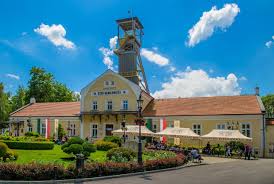
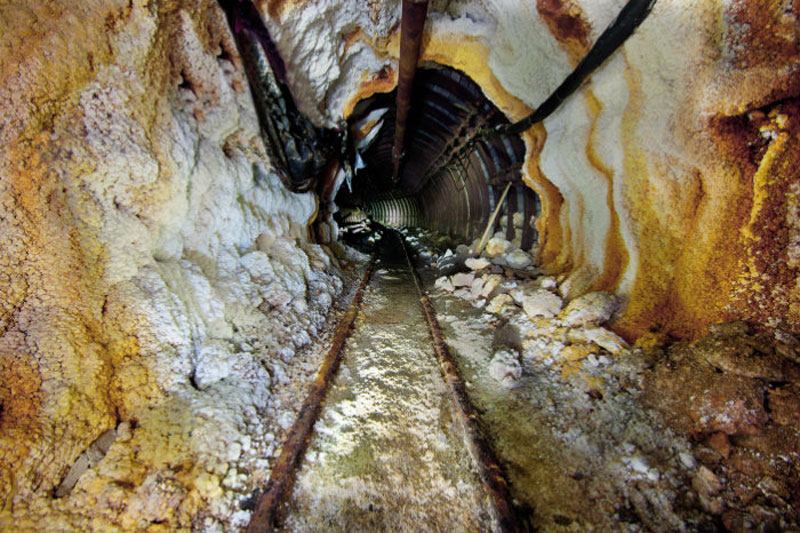
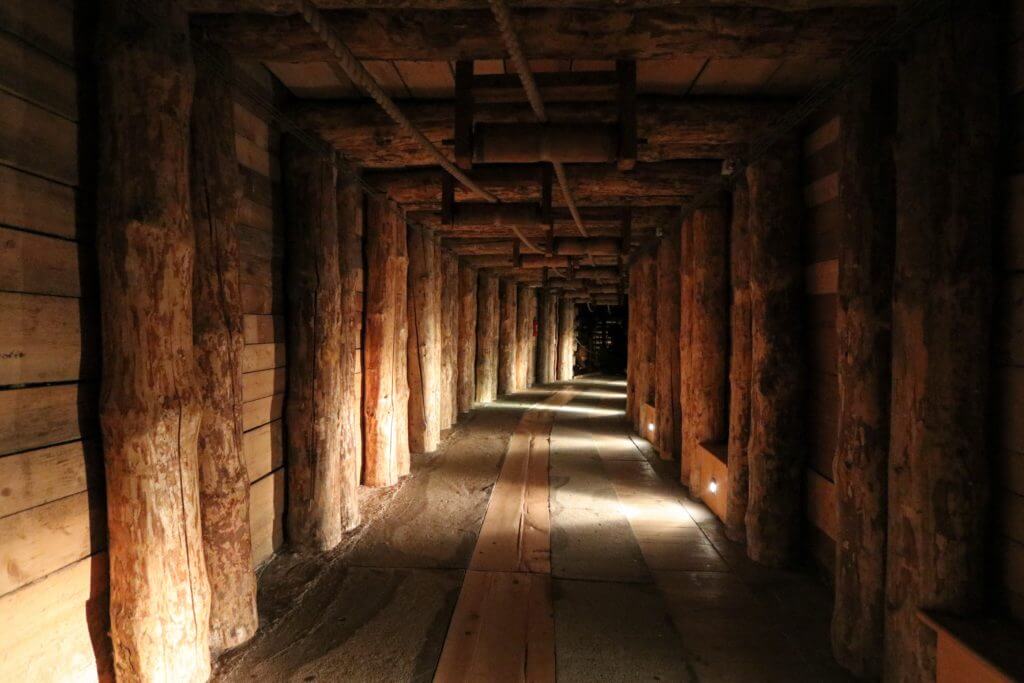
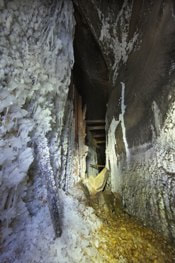

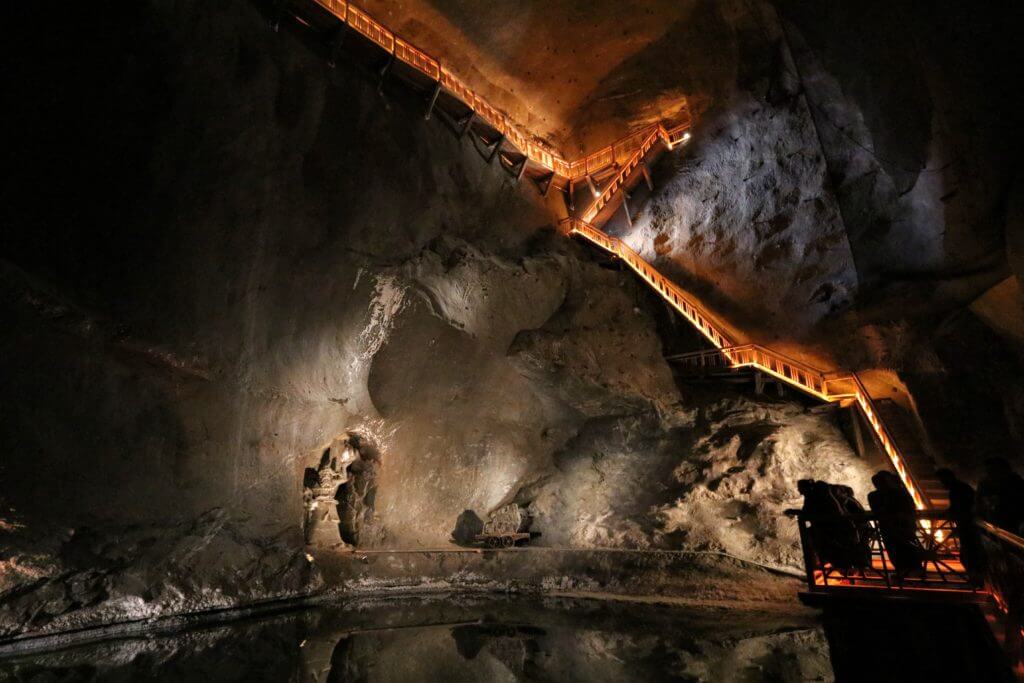
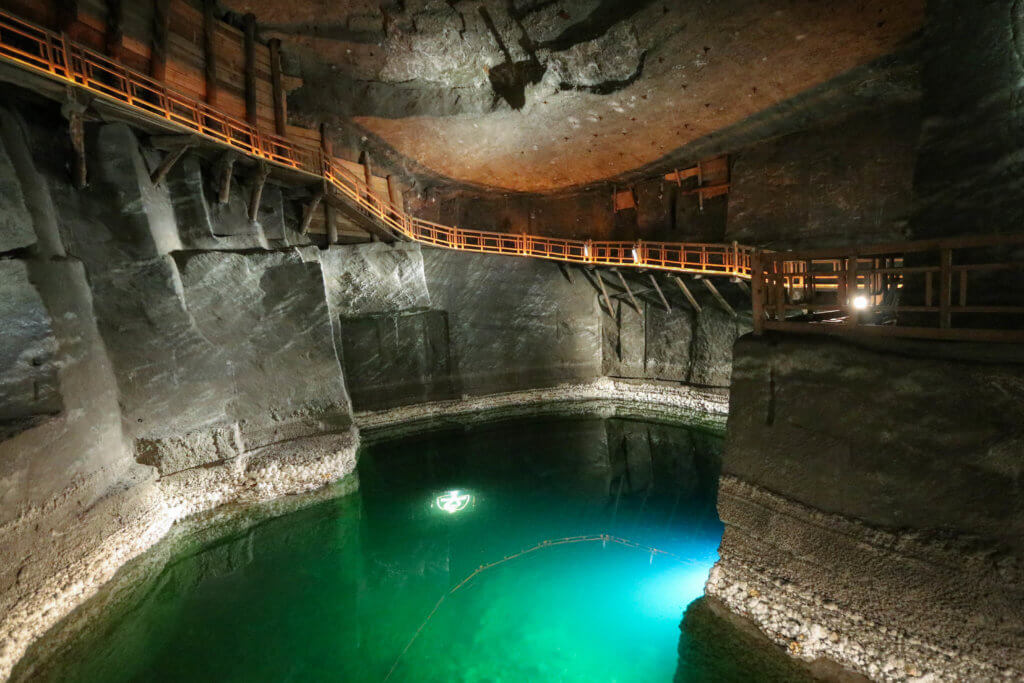

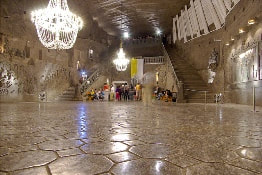


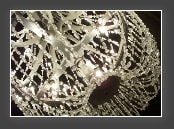
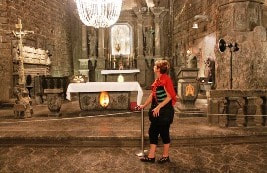

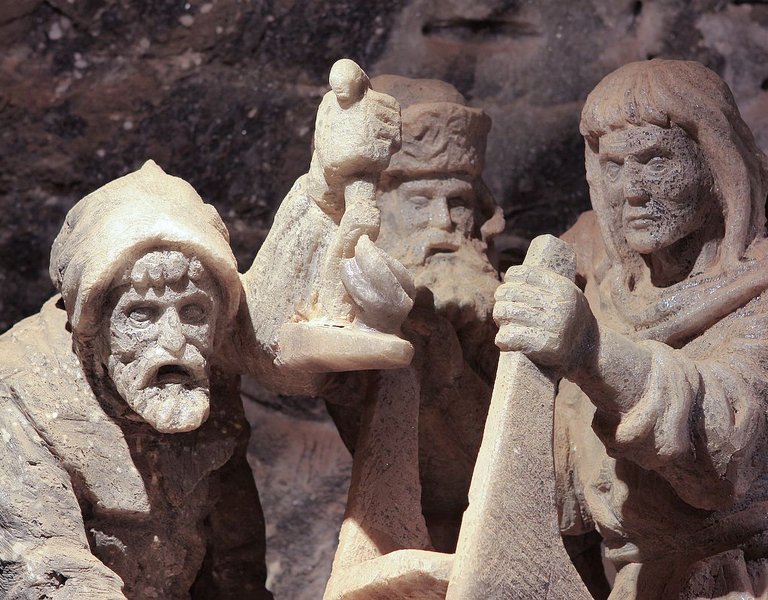
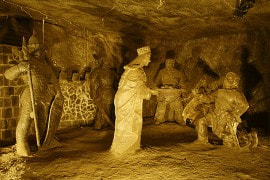
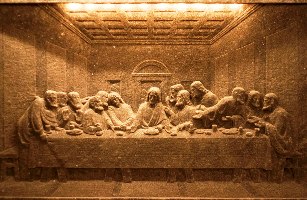
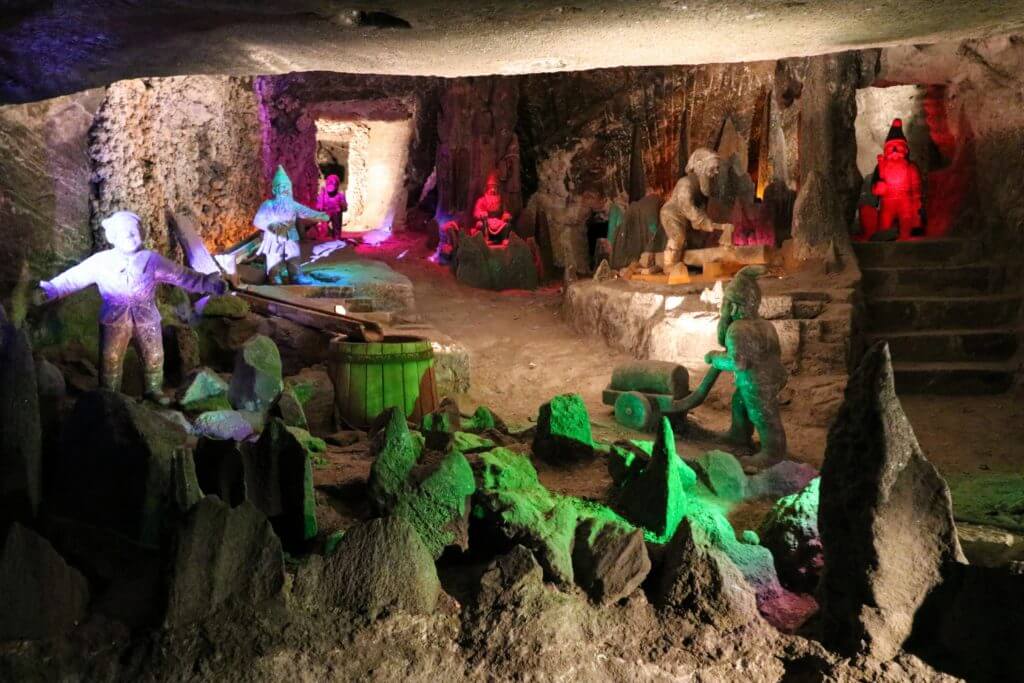
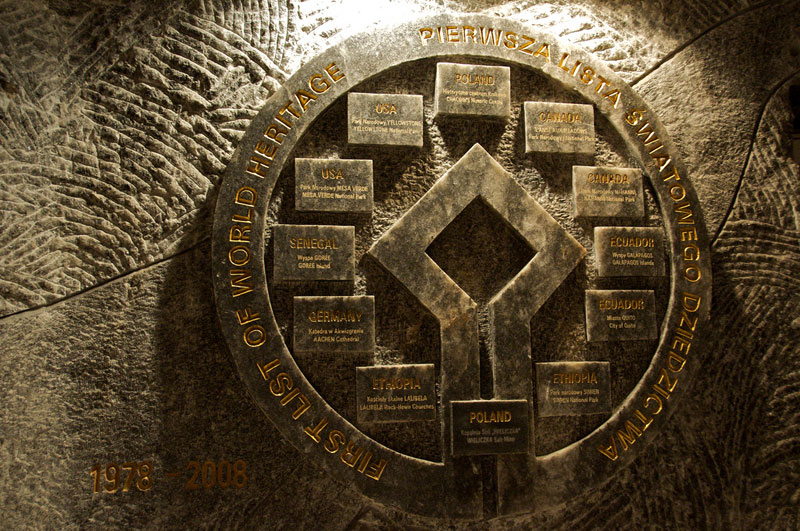











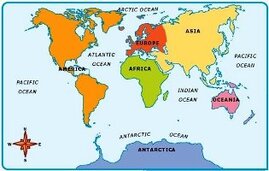



















 RSS Feed
RSS Feed